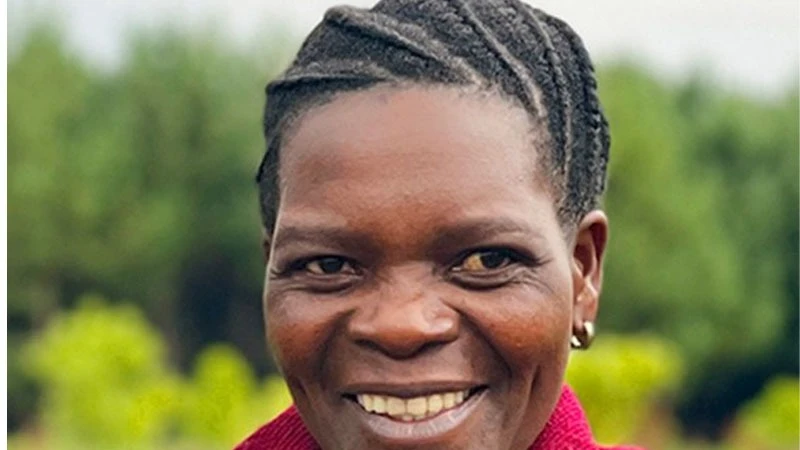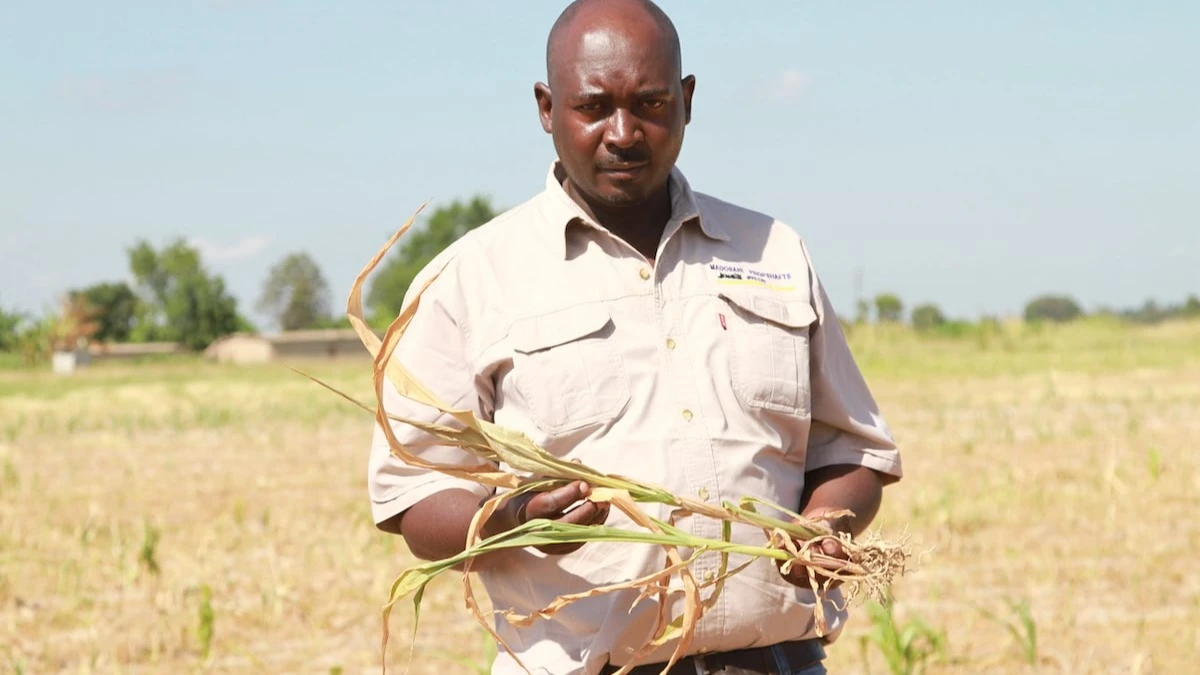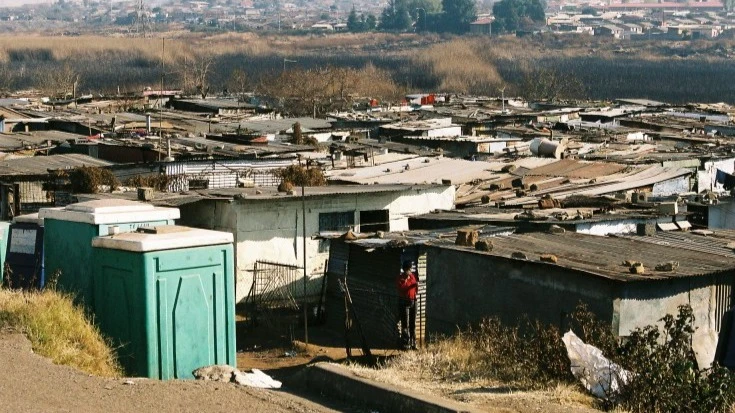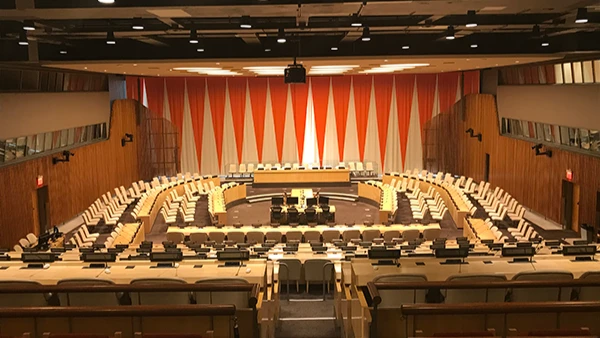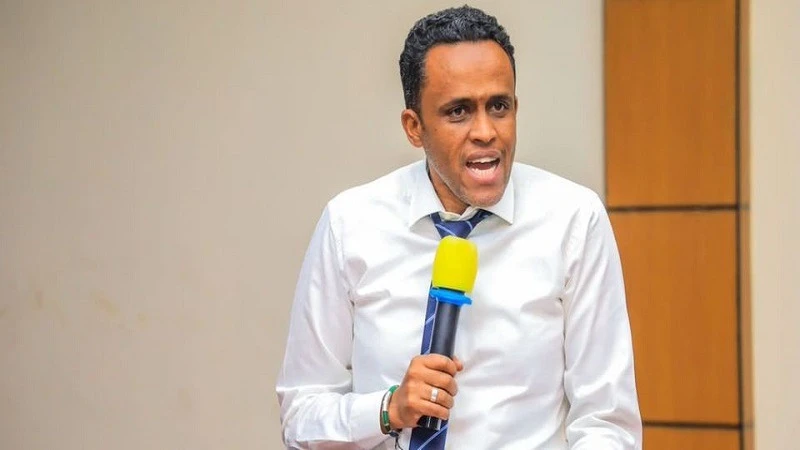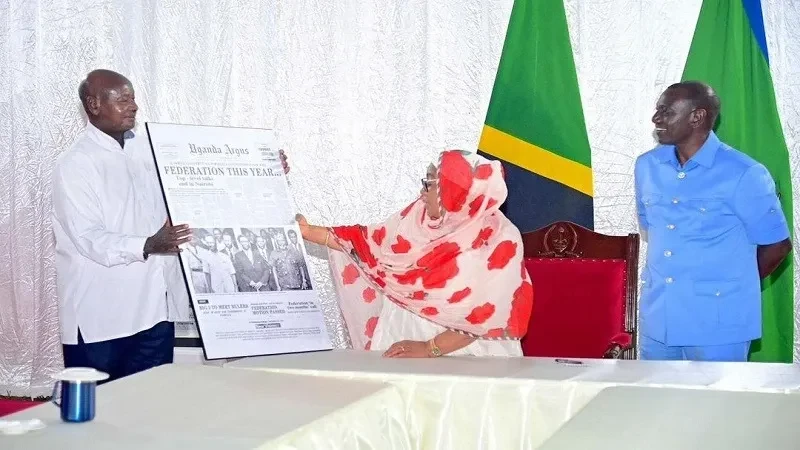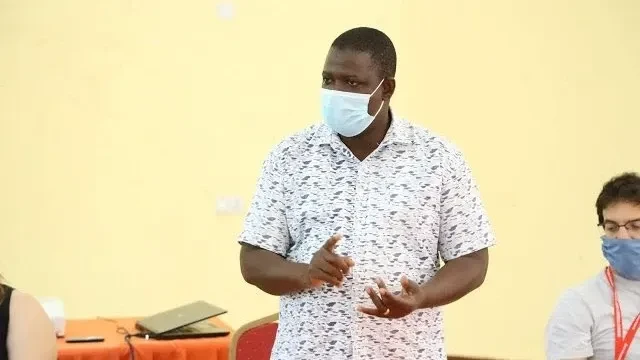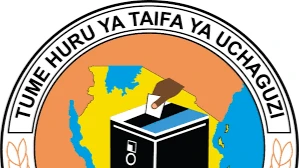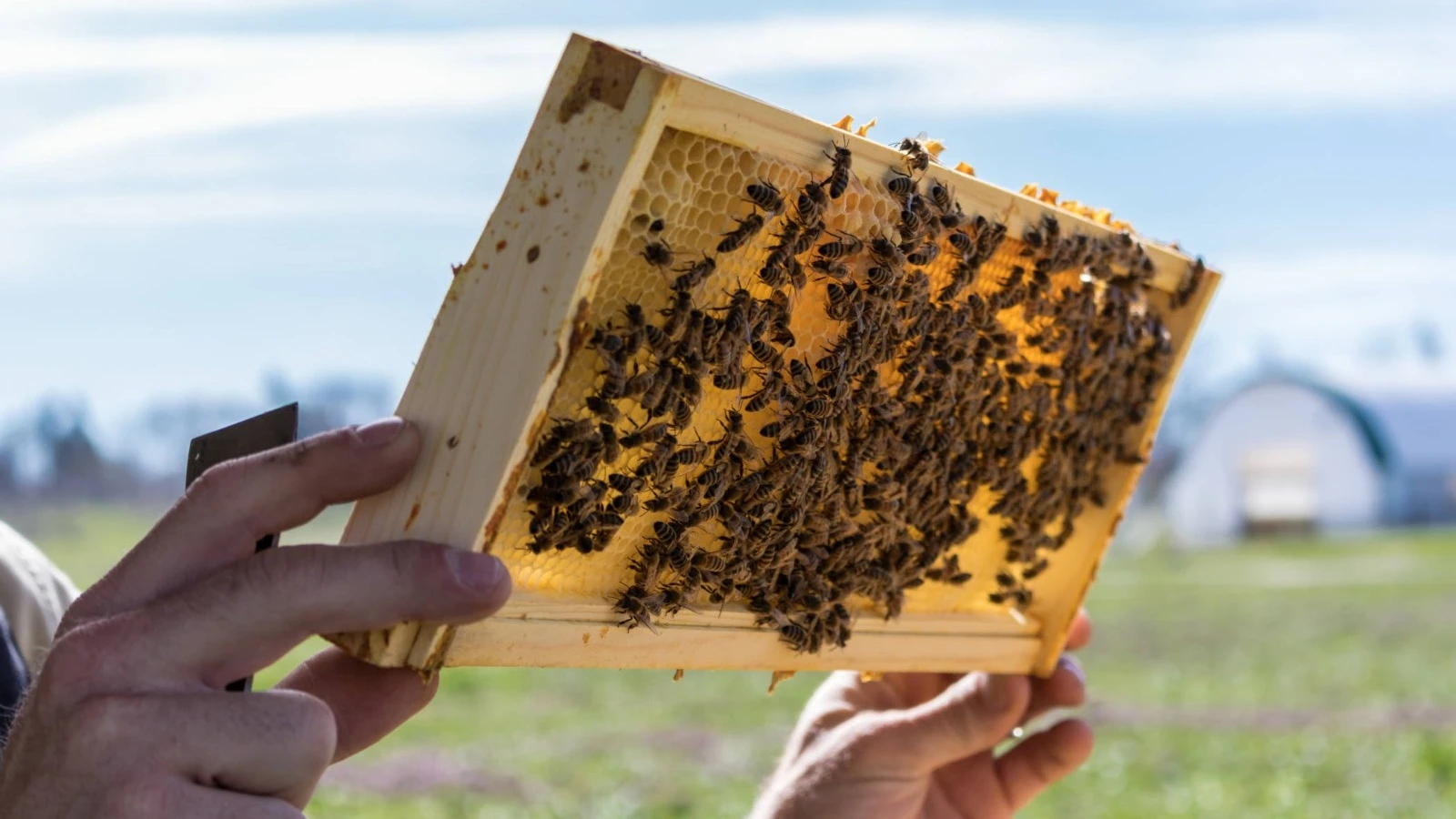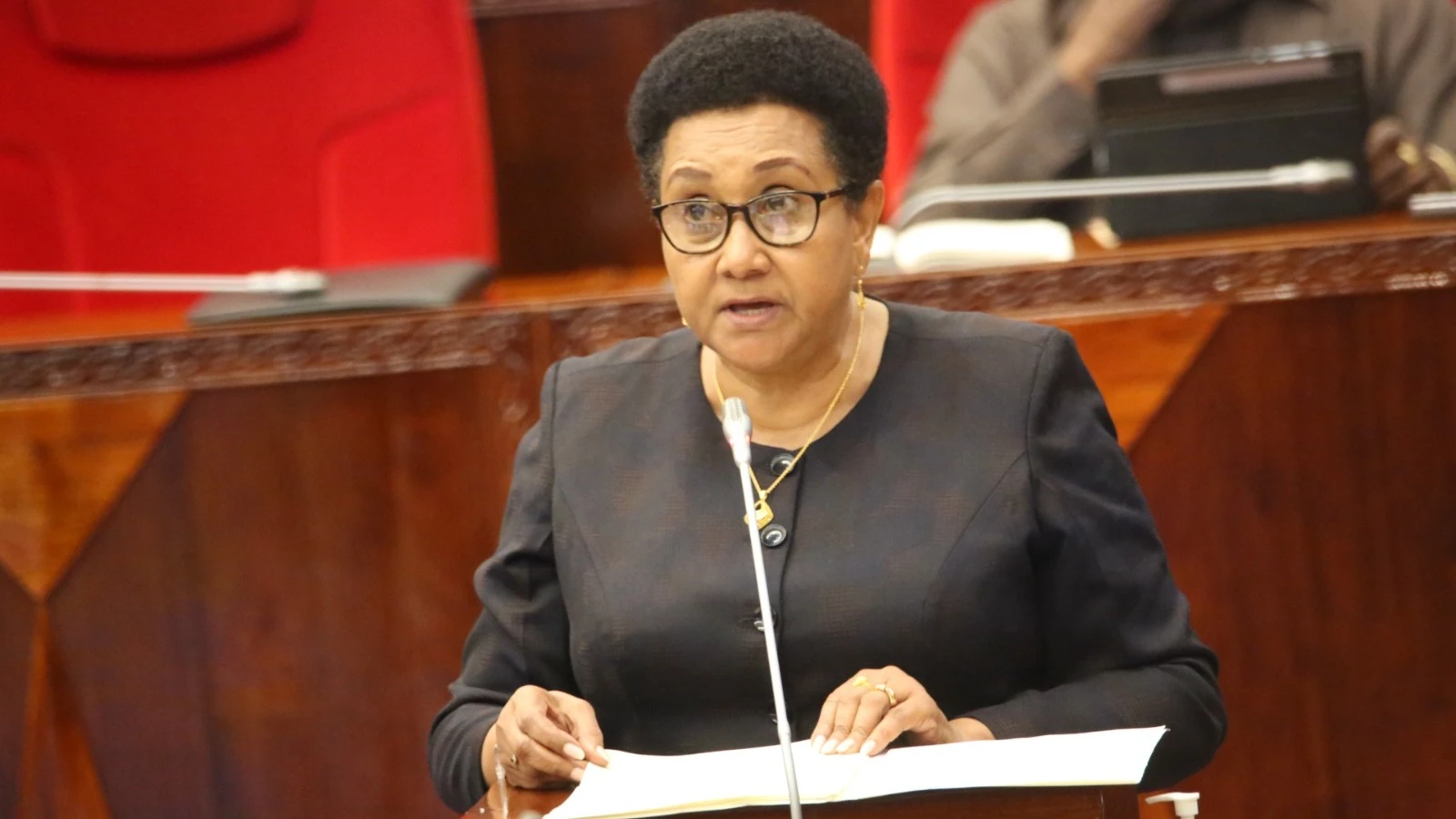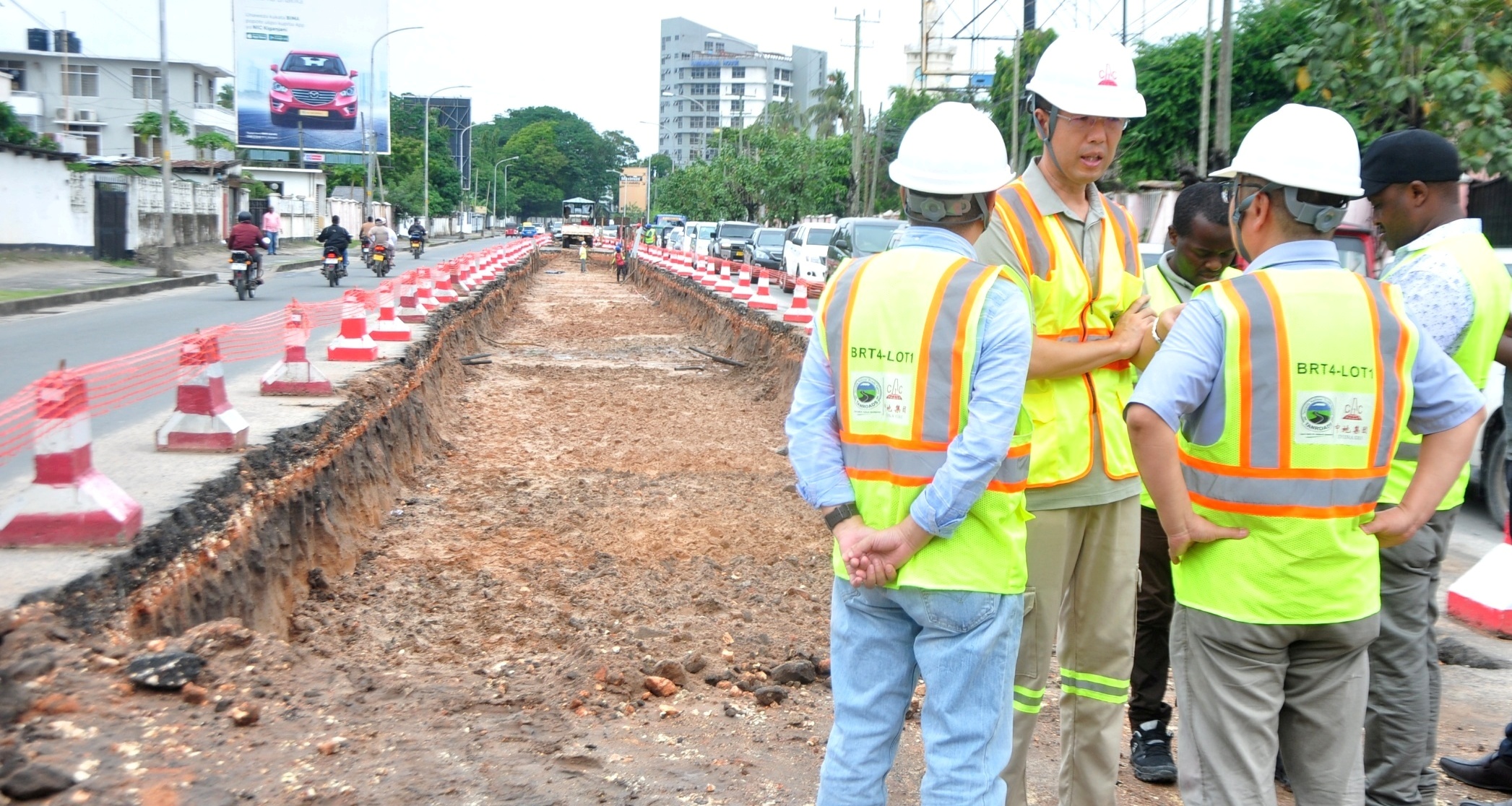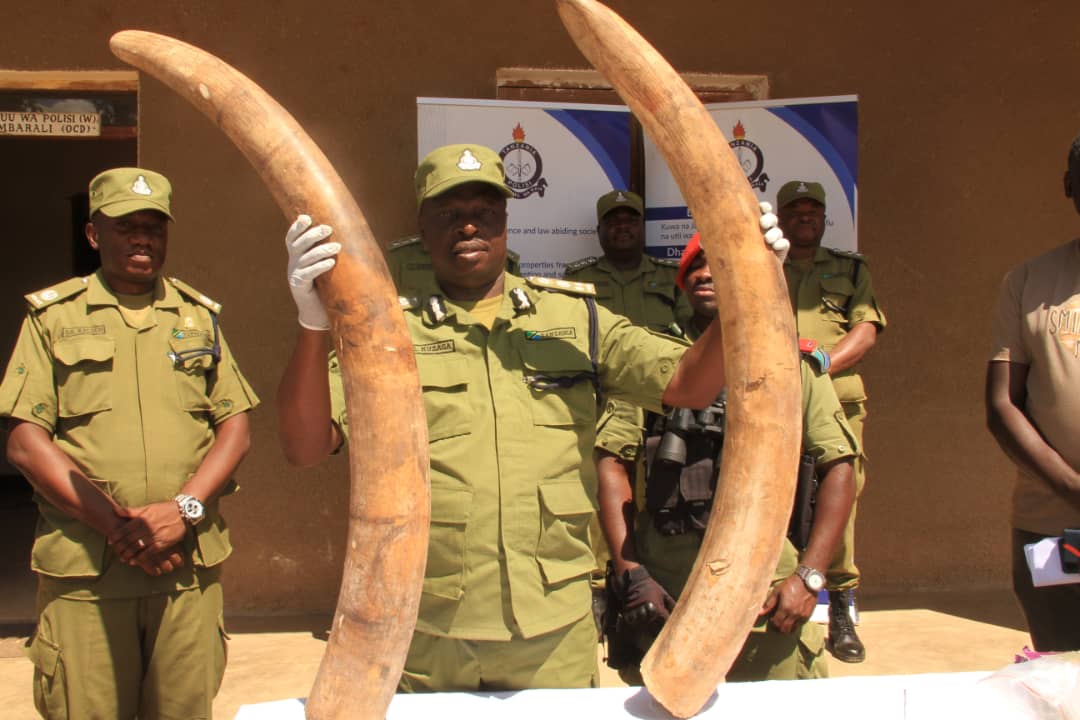The silent guardians: How unsung heroes in Tanzanian labs bring closure from ashes
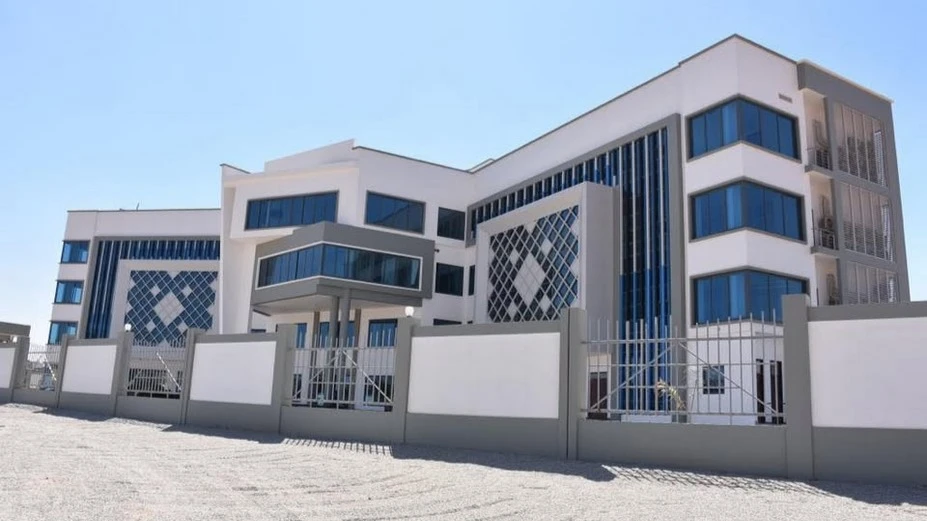
AS an activist for good governance and civic space, my days are often consumed by the vital, yet sometimes frustrating, work of advocating for transparency, accountability, and the fundamental rights that allow our society to breathe freely.
I delve into policy documents, analyze political statements, and engage in countless conversations about the structures that shape our nation. Rarely do I find myself peering into the hushed world of scientific laboratories.
That was until I stumbled upon a quietly profound piece of research, seemingly tucked away in the pages of the International Journal of Genetics and Genomics. The title itself, “DNA Identification of Human Remains in Disaster Victim Identification (DVI):
An Identification of Burned Girls Students in Tanzania,” was stark and sobering. As I read through the details, a profound sense of awe washed over me, not just for the scientific intricacies involved, but for the sheer human impact of the work being done within the walls of our own Government Chemist Laboratory Authority in Dar es Salaam.
Here, away from the clamor of political rallies and the scrutiny of public debate, are unsung heroes – scientists, forensic experts, and technicians – quietly wielding the power of DNA to bring closure to unimaginable tragedy. This particular study, focusing on the identification of young girls tragically lost in a fire, offered a glimpse into a world of meticulous detail, unwavering dedication, and ultimately, profound compassion.
Before reading this article, my understanding of forensic science was largely shaped by crime dramas on television. I envisioned dramatic breakthroughs and rapid-fire analyses. The reality, as presented in this research, is one of painstaking methodology, careful comparison, and the relentless pursuit of truth in the face of devastating loss.
The process they outline – from the collection of fragmented and burned remains to the delicate extraction and amplification of DNA, and the comparative analysis with samples from grieving families – is a testament to human ingenuity and perseverance. These scientists are essentially piecing together shattered lives at a molecular level, offering a definitive answer where there might otherwise be only lingering uncertainty and agonizing doubt.
Think for a moment about the sheer emotional weight of their task. They are not just dealing with scientific samples; they are handling the last vestiges of beloved daughters, sisters, and friends. The accuracy of their work is not just a matter of scientific record; it is the key to unlocking the door to grief and allowing families to begin the long and arduous journey of healing.
What struck me most powerfully was the human touch that permeated the scientific language. While the study meticulously details the methodologies used – the specific DNA mini kits, the genetic analyzers, the software employed – the underlying purpose is undeniably human. It speaks to our fundamental need to know, to identify, to mourn, and to find a sense of closure in the face of loss.
These scientists are the silent guardians of these fundamental human needs. They operate behind the scenes, often without public recognition, yet their work is deeply intertwined with the very fabric of our society. When disaster strikes, whether it’s a fire, a flood, or any other catastrophic event, they are the ones who step into the chaos, armed with their scientific expertise, to bring order and identification from the remnants.
This study also inadvertently shines a light on the importance of investing in our national institutions and the expertise of our local professionals. Here in Tanzania, we have a dedicated team capable of handling such complex and emotionally charged situations. Their work underscores the need for continued support, resources, and recognition for the vital role that scientific research and forensic capabilities play in ensuring justice, offering solace, and upholding human dignity.
As an advocate for good governance, I often speak about the need for transparency and accountability in our public institutions. This study offers a different, yet equally crucial, perspective on the dedication and expertise that exists within our government agencies.
These are professionals committed to serving the public in profound and often unseen ways. Their work is a testament to the potential within our nation to address even the most complex challenges with skill and compassion.
The researchers themselves, listed with their affiliations at the Government Chemist Laboratory Authority, are the embodiment of this dedication. They are our fellow Tanzanians, quietly applying their knowledge and skills to serve their nation in a time of great need. Their names may not be in the headlines, but their contribution to the lives of the affected families is immeasurable.
This experience has broadened my understanding of what it truly means to serve the public good. It extends beyond policy debates and political reforms to encompass the quiet dedication of professionals in fields like forensic science. Their work, though technical and demanding, is deeply rooted in a commitment to human well-being and the pursuit of truth.
As I continue my work advocating for good governance and civic space, I will carry with me the profound lesson learned from this study. It is a reminder that progress and positive impact are not always loud and visible. Sometimes, the most crucial work is done in the quiet hum of a laboratory, by dedicated individuals who are driven by a deep sense of responsibility and a commitment to serving their fellow citizens in their most vulnerable moments.
Annastazia Rugaba, is the Director for Engagement and Advocacy at Twaweza East Africa. She can be reached at annarugaba@gmail.com
Top Headlines
© 2025 IPPMEDIA.COM. ALL RIGHTS RESERVED


